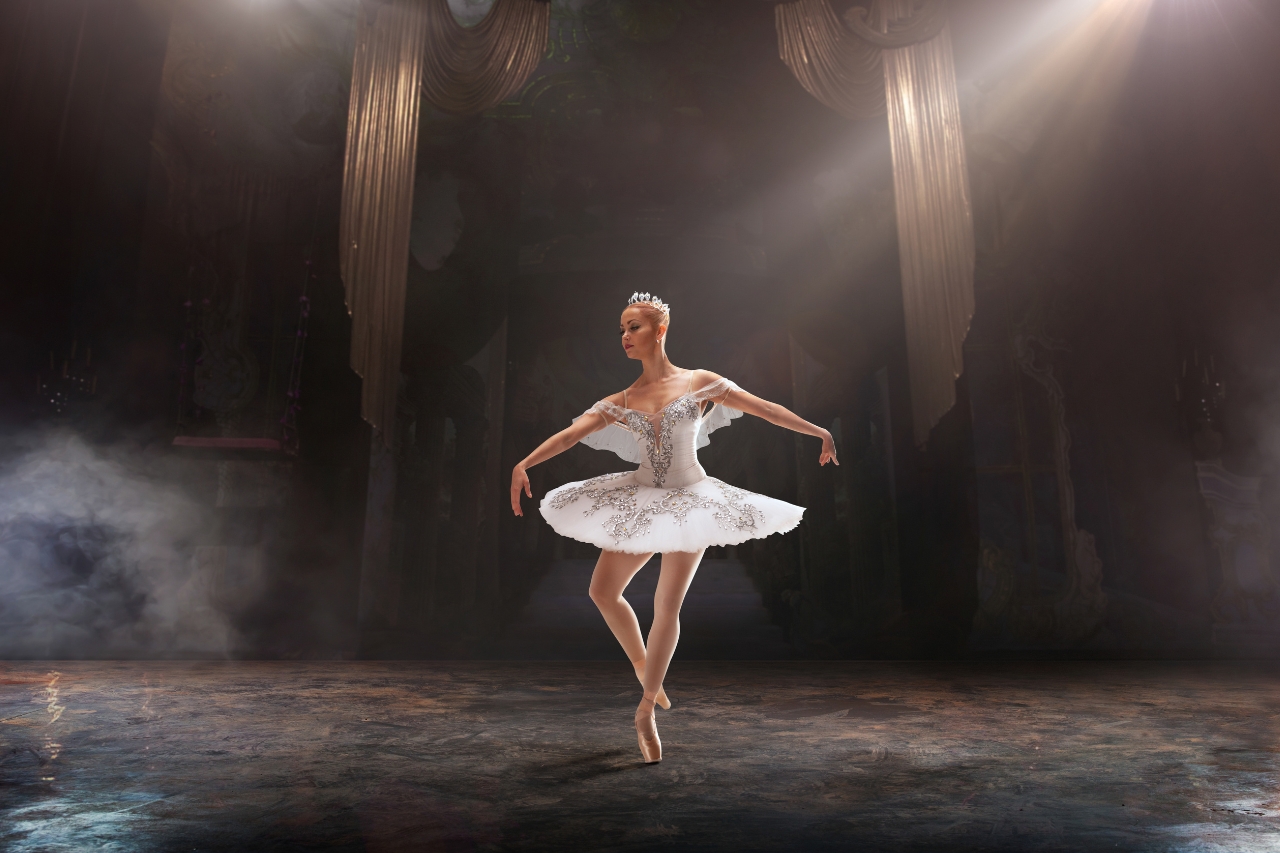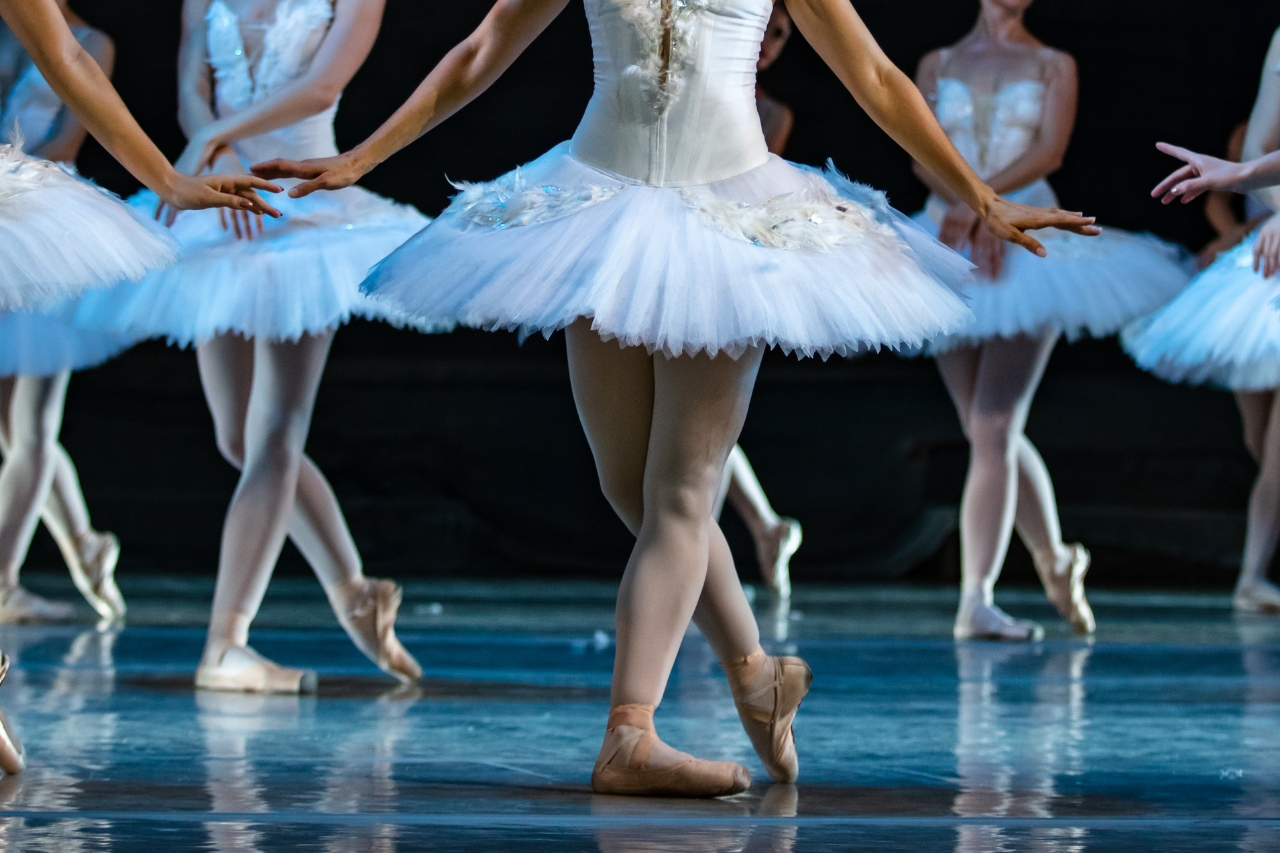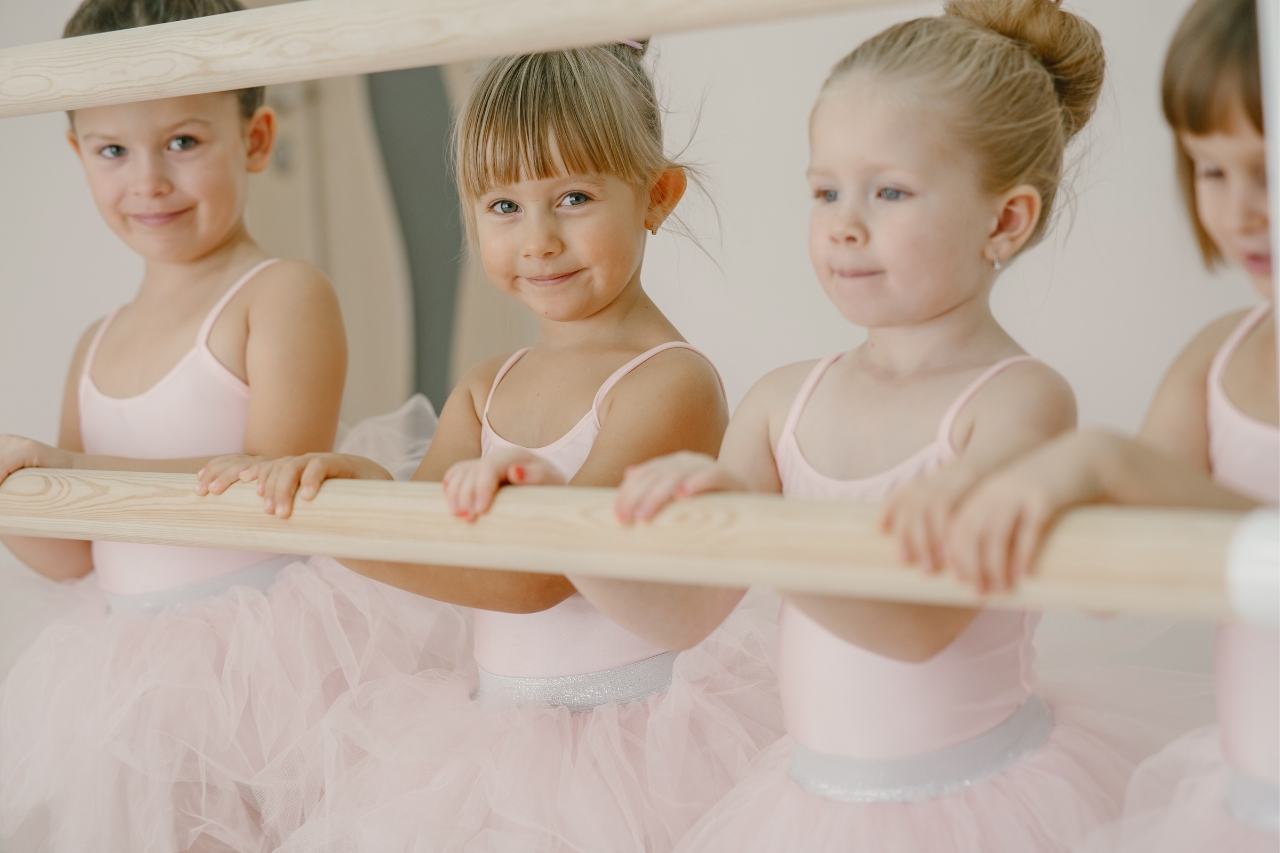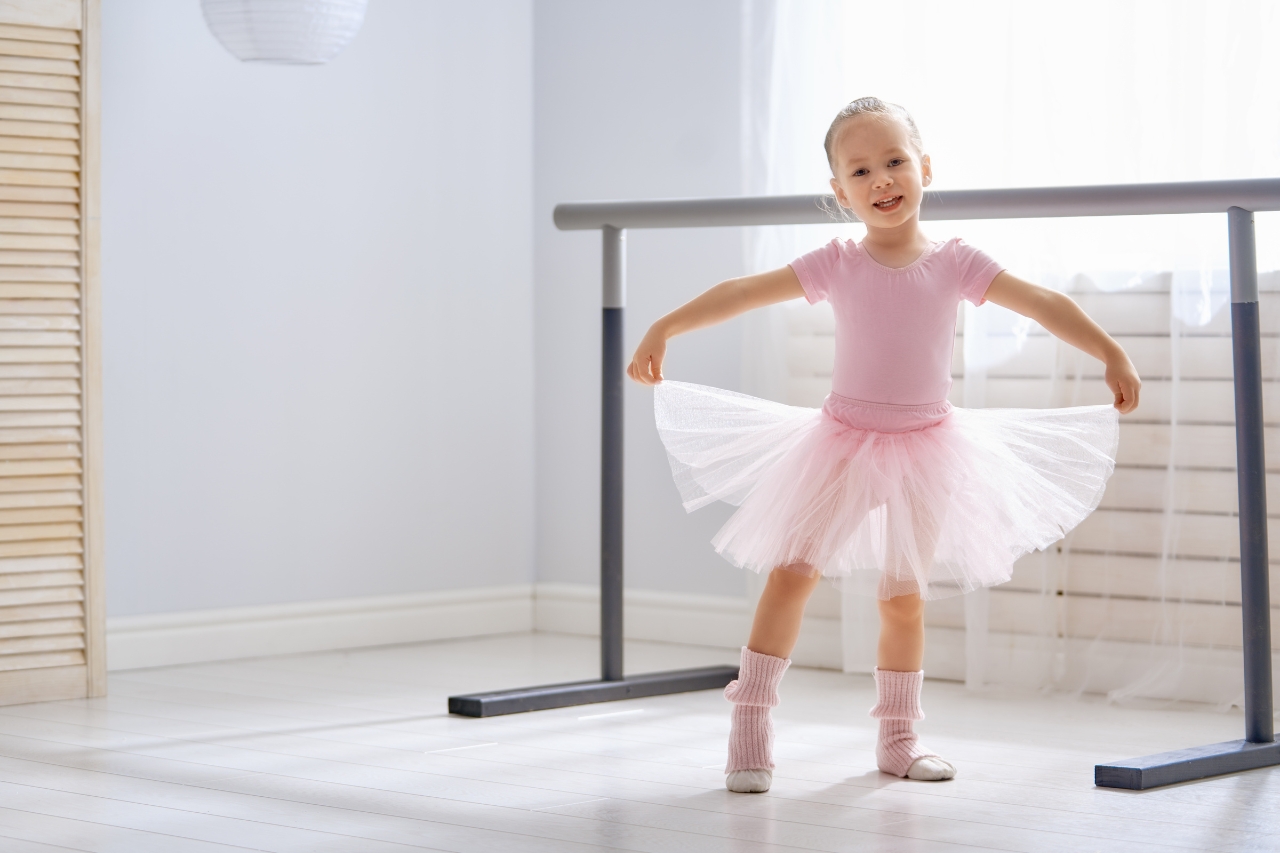Ballet is not just a dance; it’s a tradition steeped in grace artistic sensibility, performance style, discipline, and elegance. This world of pirouettes and pliés, set to beautiful music and the serene symphony of music, captures the hearts of many, especially children. Just as each step and gesture is important in a ballet performance, so is what a child wears to a ballet class or performance, leaving many parents wondering, “what to wear to the ballet to the next show?”
From ballet slippers, tights, and leotards to tutus, each piece of clothing in a contemporary ballet show has a purpose and tradition. These elements work in tandem, ensuring that young dancers are comfortable and confident, able to express themselves freely through each twirl and leap.
But selecting the appropriate attire goes beyond aesthetics; it is about respecting the ballet’s rich culture, promoting safety, and fostering proper dance etiquette. Parents, while keen on ensuring their children look the part, must also consider factors such as fit, comfort, and flexibility in their choice of attire.
But don’t worry if you’re overwhelmed; we have you covered. This comprehensive guide is here to demystify the elements of the perfect ballet wardrobe for your child, teaching you the essential ‘do’s and don’ts. So stay with us and explore the world of ballet attire as we answer the quintessential question; what to wear to the ballet?
Understanding Ballet Etiquette

The Ballet Attire Tradition
Ballet originated in the Italian Renaissance courts of the 15th century and later developed into a concert dance form in France and Russia. Over time, it has accumulated a set of traditions, including formal attire and etiquette for ballet performances.
The uniformity in ballet clothing allows teachers to see dancers’ movements and correct their form clearly. The simplicity of ballet attire—typically a leotard, tights, and ballet shoes—also emphasizes the egalitarian nature of the ballet class, where every dancer, regardless of background or status, dresses alike.
Importance of Dress Code in Ballet Classes
Each ballet class usually has a set dress code. This might vary from school to school, but most ballet schools require a simple leotard, tights, and ballet slippers. The color of the leotard might be specified in the same dress code, too, often varying depending on the class level.
Dress codes aren’t just about uniformity; they also have practical implications. Leotards and tights are close-fitting, allowing instructors to see the dancer’s alignment and technique.
Professionalism and Respect in Ballet
Wearing the proper ballet attire is also a sign of respect: ballet shows respect for the art form, the teacher, the other audience members, and the other dancers. It shows that the dancer takes the class seriously and is prepared to learn.
Ballet attire also helps young ballet dancers get in the right mindset for the class; when they wear their ballet clothes, they know it’s time to focus on learning and performing their best.
Why Appropriate Attire Matters in Ballet

Enhancing Movement and Performance
In ballet, the dancers’ body lines and movements are everything. Ballet attire is designed to be form-fitting, enabling the dancer to move freely while allowing the instructor to observe the dancer’s form and alignment accurately. Baggy or ill-fitting clothes can restrict movement and make it difficult for teachers to provide necessary feedback. Hence, proper ballet attire enhances a dancer’s movement and overall performance.
Safety and Comfort
Safety is another primary reason why appropriate attire matters in ballet. Loose-fitting or inappropriate clothes can cause accidents or injuries. Ballet slippers, for instance, are essential as they provide the necessary grip while dancing, reducing the risk of slips and falls. Similarly, tights can prevent chafing and provide protection for the dancer’s legs.
Leotards, ballet tights, and ballet shoes are typically made of breathable materials that ensure comfort and avoid overheating.
Instilling Discipline and Confidence
Ballet isn’t merely a dance; it’s an educational journey teaching discipline, respect, and self-confidence. Preparing for ballet – dressing in the appropriate attire and tying up the hair in a neat bun – instills a sense of discipline and responsibility in young dancers. Not only does it help them respect the art form, but it also builds confidence.
When children know they are dressed appropriately for ballet, it can boost their self-esteem and help them perform better.
Essentials of a Ballet Wardrobe for Kids

Leotards: The Ballet Staple
A leotard is the key component of any ballet wardrobe. It is a skin-tight, one-piece garment covering the torso but freeing the legs. Leotards come in various colors and styles, but most ballet companies and schools prefer solid, light colors like pink or white. When choosing a leotard, comfort, and fit should be the primary considerations. It should be snug but not too tight, allowing your child to move freely.
Tights: Supporting Smooth Moves
Ballet tights are another essential item in the ballet company’s wardrobe. They are worn under the leotard and offer support and comfort while dancing. Ballet tights are typically pink or white to match the leotard and ballet slippers. They are made from a breathable material, providing the necessary stretch for wide-ranging movements and preventing chafing during intense dance sessions.
Ballet Shoes: The Perfect Partner
Ballet shoes, or ballet slippers, are lightweight shoes designed specifically for ballet dancing. They can be made of leather, canvas, or satin and usually have a leather sole. Ballet shoes should fit snugly, like a glove, to ensure the dancer has maximum control over their foot movements. They also have an elastic band across the middle to keep the shoe firmly in place.
Tutus: A Touch of Whimsy
Though not required for every class or practice session, a tutu is often a favorite part of the ballet wardrobe for children. These beautiful, frilly skirts are worn during performances and add a dash of whimsy to the chic look of the ballet outfit.
Hair Accessories: Neat and Tidy
In ballet, the hair is typically pulled back in a bun to keep it out of the face. Therefore, having good-quality hair elastics and hairpins is crucial. A neat bun ensures that the focus remains on the dancer’s expressions and movements, not unruly hair.
How to Choose the Right Ballet Attire for Your Child

Consider the Dress Code
Before buying any ballet attire, check the dress code of your child’s ballet school. Some schools might have strict dress codes and require a specific color or style of leotard or tights, while others might have strict dress codes but be more flexible. Adhering to the dress code respects the school’s traditions and ensures your child feels part of the team.
Focus on the Fit
When it comes to ballet attire, fit is crucial. Leotard’s dress shirt and pants should be snug without being restrictive, allowing your child to move freely. Ballet shoes should fit like a glove, with no extra room at the toes or heels. When trying on ballet dress shirts and shoes, have your child make a few basic moves to ensure they are comfortable and provide the right amount of grip and flexibility.
Choose Comfortable and Durable Materials
Comfort and durability should be at the forefront when choosing ballet attire. Leotards and tights should be made of breathable materials like cotton or a cotton-lycra mix to provide stretch and prevent overheating. Ballet shoes are typically made of leather, canvas, or satin. Leather is more durable, while canvas and satin shoes are usually lighter and more flexible.
Don’t Forget the Accessories
While not part of the basic ballet attire, accessories can make the ballet experience more enjoyable for your child. Hair accessories like elastics and hairpins are essential for maintaining a neat bun for evening performances. A ballet bag can also be a helpful accessory empowering evening out, providing a dedicated space for your child to store their ballet clothes, shoes, and water bottle.
Trial and Error
Remember, every child is different, and what works for one may not work for another. Some trial and error might be involved in finding the right outfit and perfect ballet attire for your child. But once you’ve found it, the confidence and joy from dancing comfortably and freely are well worth the effort.
Preparation for the Ballet: Checklist

The Ballet Attire
Preparing for a ballet class or performance involves more than just dressing up. It requires a detailed checklist to ensure your child has everything they need. Start with the basics of ballet attire: an adequately fitted leotard, a pair of ballet tights, and tight ballet shoes. Make sure these are clean and in good condition.
Hair Essentials
Remember, hair should be neatly tied back in ballet, preferably in a bun. Ensure you have the necessary hair accessories, including hair elastics, hairpins, and a hairnet if required.
Water and Snacks
Ballet classes can be physically demanding, so staying hydrated is crucial. Pack a water bottle for your child and possibly a healthy snack after class.
Ballet Bag
A ballet bag can be a handy accessory. It should have enough space to have a few wardrobe items to hold your child’s ballet attire, water bottle, and extras like a towel or snack.
Extras
If your child attends a performance or recital, there may be additional items to pack. These might include a tutu, makeup for older dancers, or specific ballet costumes only. Always check with the ballet teacher to ensure you are well-prepared.
Warm-up and Cool-down
Before leaving for ballet, ensure your child has warmed up to prevent injuries. Likewise, a good cool-down stretch can be beneficial after the first ballet move.
Dressing for Ballet: A Guide for Parents on What to Wear to the Ballet

Choosing the Right Clothes
Begin with a well-fitting leotard and a pair of ballet tights. If your child’s ballet school has a dress code, adhere to it when choosing the color and style of these items. While leotards and socks should be form-fitting, ensure they are not too tight to restrict movement. Remember, comfort is key.
Selecting the Proper Shoes
Ballet shoes should be chosen carefully. They should fit snugly, like gloves, leaving no extra room at the toes or heels. Leather ballet shoes are typically more durable, while canvas and satin offer more flexibility. Remember, the shoes should have an excellent grip to prevent slips and falls.
Tying the Hair
The hair must be tied back neatly in ballet, typically in a bun. Start by brushing your child’s hair to remove any knots, then pull it back into a high ponytail. Twist the ponytail into a bun and secure it with hairpins. If your child has shorter hair, ensure it is pulled back and out of their face.
Packing the Ballet Bag
Pack a ballet bag with all the essentials your child will need. This should include their ballet clothes, shoes, a water bottle, and some hair accessories. If they go to a performance or recital, check if you need to pack additional items like makeup or a specific costume.
Checking Everything Twice
Before you leave for ballet, check everything twice. Ensure your child is comfortably dressed, their hair is neatly tied back, and they have everything they need in their ballet bag. Also, ensure they’ve had time to warm up before the class or performance.
Conclusion
As we step into the world of ballet, one of the first things we encounter is the distinctive attire that marks this timeless art form’s discipline, grace, and cultural richness. The question of “what to wear to the ballet” goes beyond mere aesthetics; it’s an entry point into the underlying etiquette, safety, and performance considerations integral to an evening ballet performance.
From the snug ballet slippers, through the stretchy tights, to the fitted leotards, and the black dress, each element of a ballet dancer’s wardrobe is meticulously designed to enhance the dancer’s performance, ensure their safety, their personal style, and uphold the ballet’s rich heritage. It’s clear that knowing “what to wear to the ballet” involves a deep understanding of these factors.
Choosing appropriate ballet attire for your child isn’t a task to be taken lightly. It requires thoughtful consideration of the ballet school’s strict dress code, neutral color, the garments’ fit and comfort, and the materials’ durability. Furthermore, the child’s comfort and confidence are paramount when selecting ballet attire.
As parents, preparing for each ballet class evening show should be thorough. Ensuring every essential item is checked off the list helps your child confidently step onto the dance floor. So, the next time you wonder “what to wear to the ballet,” remember the importance of each piece of attire and its role in enhancing your child’s ballet experience.








